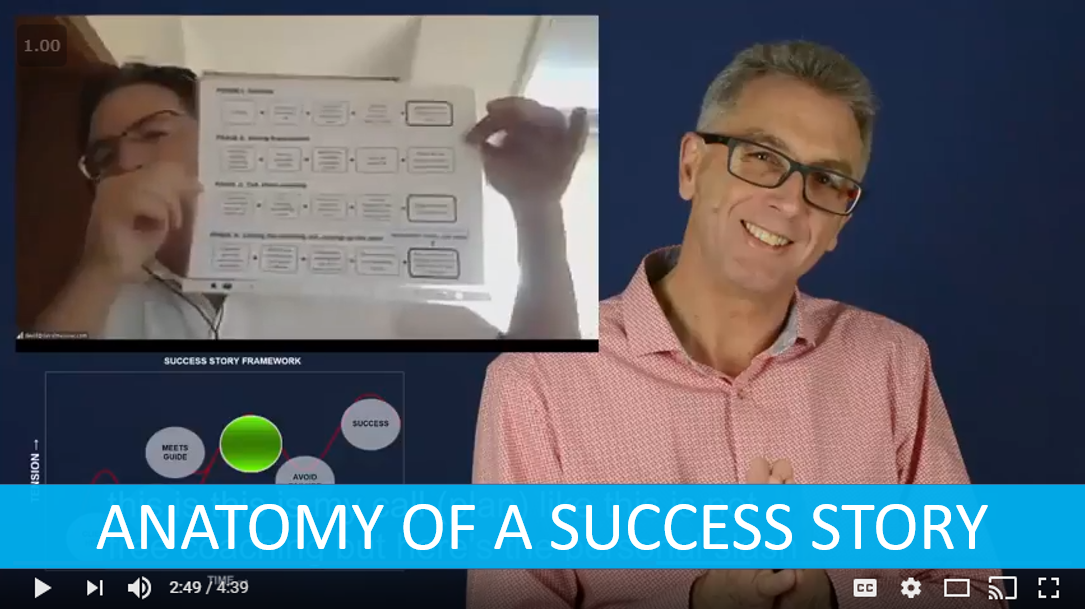Disrupting Telecoms - Norwood Systems Company Story

Invention and entrepreneurship are in the blood for Paul Ostergaard. Paul’s start-up company, Norwood Systems, is named after his grandfather, Arthur Norwood, who invented processes for extracting gold and silver from ore bodies in the 1940s.
The first incarnation of Norwood Systems listed on the ASX in 2001 with a concept and technology to extend the reach of fixed telephone networks to mobile phones using Bluetooth communication. Instead of leaving a voicemail on the office phone, a caller would be transferred to the recipient’s mobile phone if they were within Bluetooth range.
In the heady days of the dot com boom, Norwood was wildly successful, winning the first ever tender for a large telco company to supply dual-mode converged telephony. Norwood was ranked by Time Magazine as one of Europe’s hottest tech firms in 2001 and 2002.
Norwood partnered with a major handset vendor to commercialise their technology but the idea conflicted with the financial interests of the mobile carriers who preferred to carry the call over their networks (and charge for them). The project foundered and Paul sold the company in 2004.
The Apple iPhone launch in 2007 changed the balance of power. For the first time consumers could choose their own phone services via the app store and the position of mobile carriers changed to merely transporting the data.
Paul saw another opportunity for his fixed and mobile convergence patents and in 2011, with David Wilson, relaunched Norwood Systems.
Now taking advantage of Wi-Fi instead of Bluetooth, Norwood launched ‘Work Phone’ as a smartphone app that could extend the range of an office phone. When they upgraded this technology to support multiple Wi-Fi networks it was obvious that the technology was applicable far beyond the geography of the office environment.
But Work Phone required modifications to a corporation’s PBX and that was a barrier to fast adoption of the solution. A lighter version was needed and in mid-2015 a consumer app called “World Phone’ was released.
World Phone, offered significantly reduced mobile roaming fees and easy access to local phone numbers while travelling internationally. With more than 4,000,000 downloads, World Phone is a leading app in the Travel category on both the App Store and Google Play. Underpinning World Phone is a federation of high quality fixed Telco networks which carry the voice signals using internet protocol but with high fidelity.
Norwood did not forget its original mission to provide low cost converged telephony for businesses and in 2016, using the lessons from the Word Phone and inspired by the success of ‘Uber for business’, Norwood relaunched a corporate version of World Phone called 'Corona Cloud', which avoids the need to integrate with a customer's internal telephone exchange (The PBX) but still offers control and manageability of work phone usage regardless of whether its a company or personal phone.
_____________________________________________________
Company:
Norwood Systems
Source: Mike Adams conversations with Paul Ostergaard, Steve Tot and Nick Horton
Story Type: Company
_____________________________________________________
For Story Students:
The Setting: The early 2000's when fixed telephony is being seriously disrupted by mobile telephony
The Complications: A business failure due to entrenched market forces
The Turning Point: New technology that allowed a re-entry
The Resolution: A booming business that is disrupting the Telecommunications industry
The Point of the Story: Get on board with Norwood Systems, you can improve your company's productivity and pay for the improvement with the telecom spend cost savings



